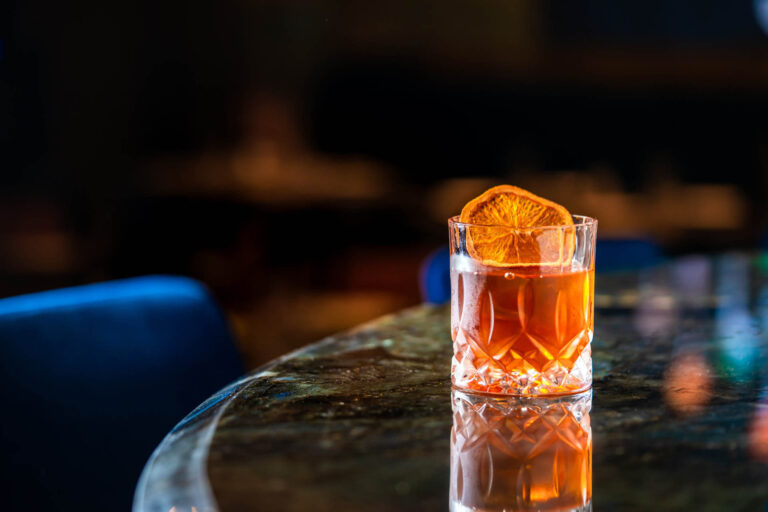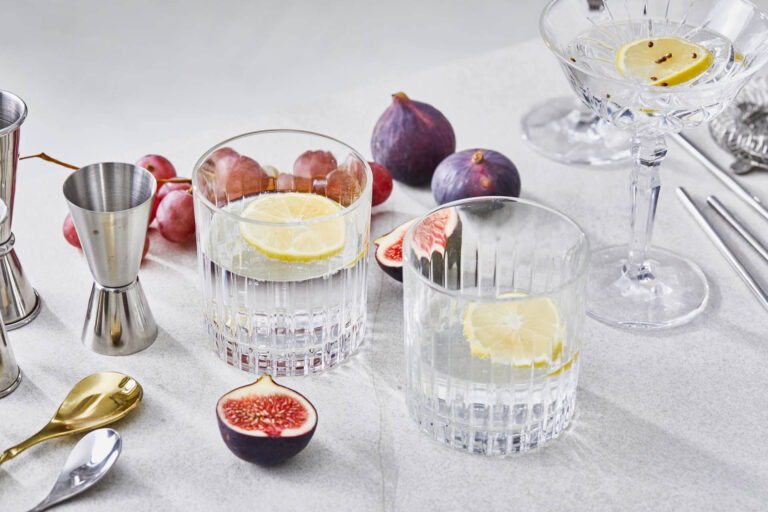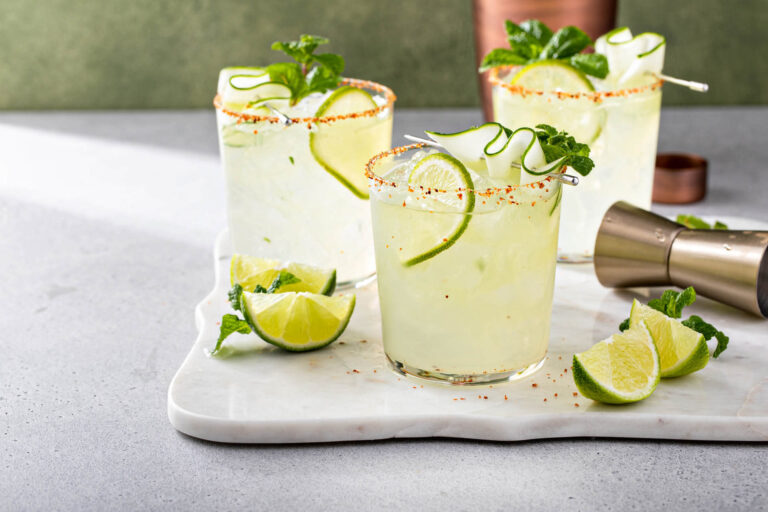This website uses cookies so that we can provide you with the best user experience possible. Cookie information is stored in your browser and performs functions such as recognising you when you return to our website and helping our team to understand which sections of the website you find most interesting and useful.
30/09/2024
Premiumisation is slowing – but there’s a counter-trend
IWSR analyses the evolution and future of premiumisation in beverage alcohol
After over two decades of steadily increasing spend levels, consumers in key alcohol consumption markets accelerated their more expensive tastes during Covid, motivated by additional unspent income and restrictions on travel and other leisure activities.
Now the trend appears to be reversing as a combination of economic pressures and a trend for moderating consumption generally holds sway.
For beverage alcohol, the question of what’s happening with premiumisation is consequential for a number of reasons. Many leading beverage alcohol manufacturers have tied their strategies for the 2020s into building up their premium-and-above offerings as a way of mitigating the general decline in alcohol volumes seen in more mature markets. The ‘drink-less-but-better’ trend also boosts bottom lines: selling one bottle of expensive spirits yields the producer a lot more money than selling two cheaper bottles, partly because of the impact of tax in the price paid, which in most markets is a flat rate based on alcohol level.
IWSR’s latest market data shows that spirits sales, which have been the biggest beneficiaries of premiumisation, lost momentum last year (2023 vs 2022). This was particularly true at the IWSR’s Premium price tier (which covers spirits 75cl bottles that are priced between USD 22.50 and USD 30.50 at retail in the US market) and equivalent prices adjusting for purchasing power and local taxes in other markets.
However, within the overall trend lies a fascinating counter-trend: at the Super-Premium price tier and above (spirits that cost more than USD 30.50 or equivalent per 75cl bottle), sales continue to grow.* In fact, volume and value at the Super Premium-and-above price tier have been growing persistently for the last 20 years, with only slight pauses during the global financial crisis in 2009 and in 2020, the first year of Covid.
What, and who, is keeping this premiumisation engine running?
In the bellwether US market, it would appear to be an emerging group of middle-income legal drinking age consumers who skew younger and increasingly female. The traditional drivers of demand for high priced spirits – older, male, higher income – are still present. However, this newer, younger and more gender-balanced segment tend to have broader tastes, more adventurous mindsets and connect more strongly to the mixed drinks and cocktail culture.
The needs of this emerging group tend to be broader than simply seeking a desirable tasting product wrapped up in aesthetically pleasing packaging. Their education in luxury is more holistic, around the wider positioning of a given brand in society, the experiences and touch points it offers, and therefore the broader meaning of their alignment with that brand.
Take the US whiskey category for example, encompassing Bourbon, Rye and Tennessee whiskey. It is a good example of the long-run premiumisation trend within the US spirits market: retail sales value at Premium-and-above price points outpaces Standard-and-below price tiers by a factor of three to one. In 2021, for the first time since IWSR started recording data 50 years ago, US whiskey volumes at Premium-and-above outpaced those at Standard-and-below.
Looking at IWSR’s Bevtrac consumer tracking data over the past year, the US consumer profile for US whiskey has evolved into one that’s more Millennial (27-42), female (rising to just over a third of drinkers) and likely to be living with a partner, possibly with young children at home. Middle- and upper-income cohorts tend to drive demand for Super Premium+ products anyway, but the interesting difference in the US whiskey category is that the biggest driver appears to come from the “middle upper” tier, ie those households earning from around USD 100,000 to USD 150,000 per year.
The occasions for consumption appear to be shifting more towards socialising, but still mainly in the home (an enduring legacy of Covid) and, within the US whiskey category, more likely to involve a mixed drink or a cocktail than having the product ‘straight’. An interesting one to watch for the future: trending Bevtrac data is showing that one in six US whiskey occasions were accompanying food – a slight rise on the year prior.
Crucially for the industry, this Millennial group tends to be more likely to meet the top-end of their spend per bottle at a higher level than their older counterparts within US Whiskey. According to Bevtrac data, the average highest spend on a bottle over the past six months for the Millennial cohort was USD 55, compared with USD 44 for Gen X and USD 39 for those in the Boomer cohort.
Similar patterns can be seen across other spirits categories in the US market where there is an established ladder of products going up through the Super Premium and above price tiers. Tequila’s stunning growth story at Super Premium+ is largely driven by this same Millennial middle- and upper-income segment, and similar occasions: socialising in the home, cocktails, small groups. The one contrast with US whiskey: tequila consumption skews almost 50-50 male-female.
The new premium consumer
Given the emergence of this new premium consumer, and the evolving occasions for consumption, how should brand owners respond? To address this question, IWSR worked in partnership with OC&C Strategy Consultants, a leading strategy consultancy working in the global beverage alcohol space. Through our joint analysis, we have identified a new set of category codes which, along with some more traditional codes, appear to be driving the new premiumisation dynamic.
To learn more about these new codes and the evolution of premiumisation, read our ebook The New Codes of Premiumisation here.
*The above IWSR analysis of the premium+ spirits market excludes national spirits such as baijiu and schochu.
The above analysis reflects IWSR data from the 2024 data release. For more in-depth data and current analysis, please get in touch.
CATEGORY: All | MARKET: All | TREND: Premiumisation |





